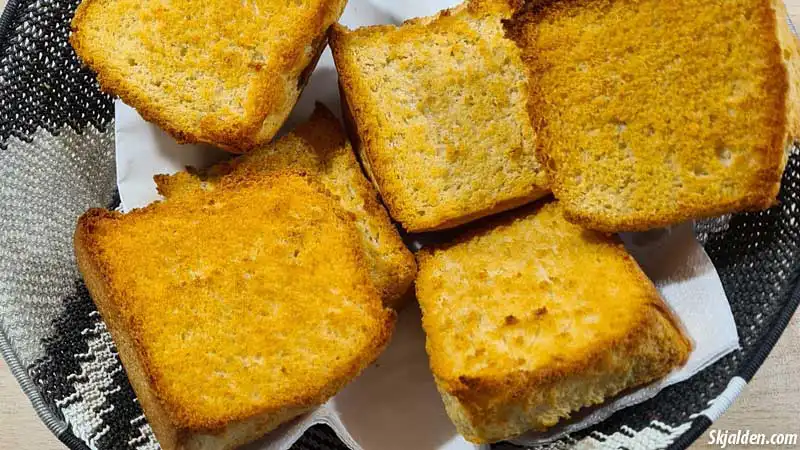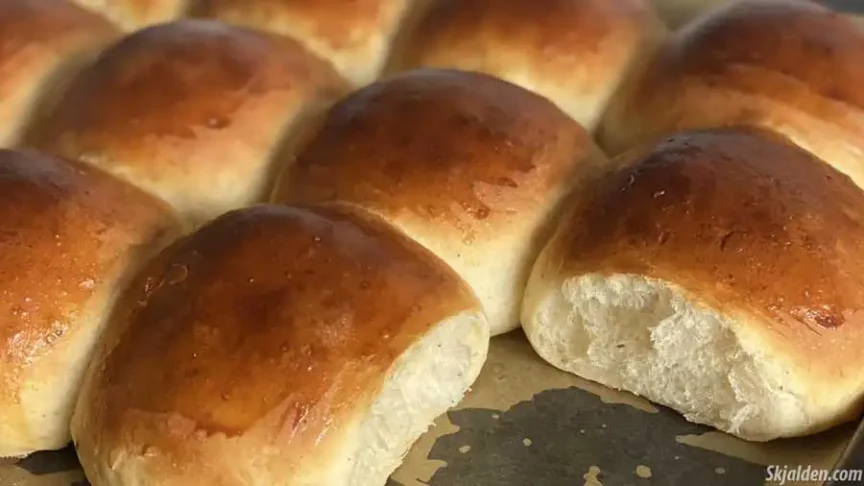Varme hveder are a simple yet special part of Danish tradition, especially linked to the quiet holiday known as Store Bededag, or Great Prayer Day. This holiday, falling on the fourth Friday after Easter, has a unique custom that involves these warm, soft buns.
Back in the day, Store Bededag was a strict no-work day—no one was allowed to work, which meant even the bakers had the day off. To solve the problem of no fresh bread on the holiday, bakers made extra rolls the night before. These rolls, called “hvedeknopper,” were not just practical; they were a clever workaround that allowed everyone to follow the day’s religious requirements without hassle.
The real charm of varme hveder began in the 1800s. Wheat bread, usually reserved for festive days, became a treat that families looked forward to as part of their Store Bededag Eve traditions. The process was simple: buy the buns the evening before, then warm them up at home the next day. This custom turned a basic food item into a symbol of togetherness and celebration.

Nowadays, the practical reasons for varme hveder might not be as relevant, but the tradition continues with enthusiasm. Many people bake these buns at home, enjoying the process of making and sharing them with family and friends. The ritual of warming the buns and gathering around the table remains a heartfelt tradition that brings people together, celebrating an age-old custom with each bite.
As Store Bededag nears, you’ll see these buns featured prominently in local bakeries, a reminder of the upcoming holiday. Buying or making varme hveder is not just about preparing for a day off; it’s about reviving a lovely piece of Danish heritage, making each warm bun a small celebration of history and community.
